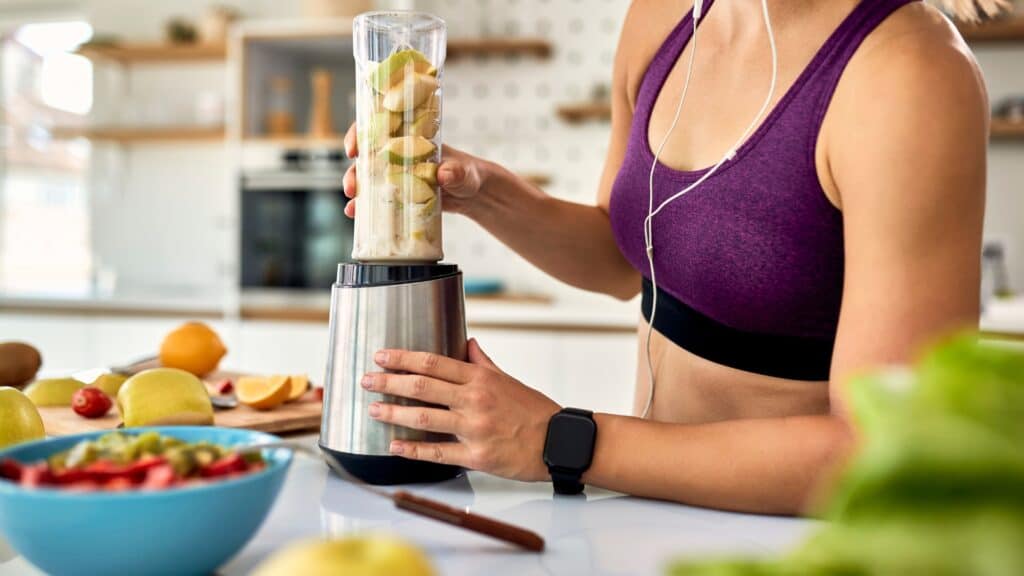Nutrition is a critical aspect of preparing for an Olympic distance triathlon, influencing performance and overall race experience. By adopting a strategic approach to training and race day nutrition, athletes can optimize their fueling strategy to support their athletic endeavors.
Preparing for an Olympic distance triathlon entails meticulous planning, not just for training but also for nutrition.
In this episode of TRI with CoachParry, Rudolf and Brad delve into everything needed regarding nutrition for an Olympic Distance Triathlon, shedding light on both race day and training requirements.
Whether you’re a recreational triathlete or aiming for a podium finish, understanding your nutritional needs is paramount to your success in the race.

Understanding the Nutrition Concerns
Nutrition is often referred to as the fourth discipline of triathlon, especially as races extend to longer distances. However, it plays a crucial role even in shorter events like the Olympic distance triathlon.
During training sessions, especially intensity sessions and brick workouts, athletes simulate race conditions to test their nutrition strategy. Rudolf emphasizes the importance of using the same nutrition products during training that you plan to use on race day. This approach allows athletes to experiment with different nutrition options, such as energy gels or bars, and assess their stomach tolerance and performance.
Pre-Race Nutrition: Finding What Works
In the buildup to race day, athletes need to fine-tune their pre-race nutrition to ensure optimal performance. Rudolf advises having breakfast 2-3 hours before the race, tailored to individual stomach tolerance.
Experimentation during training helps athletes determine what foods they can comfortably consume before different disciplines of the triathlon. For example, some may be able to eat before a run but not before a swim.
Race Day Nutrition: Strategic Fueling
During the Olympic distance triathlon, athletes must strategically fuel their bodies to sustain performance throughout the race. Rudolf outlines his race day nutrition strategy, which includes:
- Pre-Swim: No intake of gels or food due to the short duration of the swim leg.
- On the Bike: Consuming one bottle of energy drink and one bottle of water, with the energy drink providing carbohydrates for fuel. Adjusting hydration based on weather conditions, athletes may opt for water to cool down.
- Transition 2 (T2): Taking a gel just before exiting T2 to prepare for the run leg.
- Run Leg: Consuming gels or energy products based on individual needs and race duration, ensuring not to exceed the body’s absorption limit of 60-90g of carbohydrates per hour.
Whether you’re a podium contender or finishing closer to three hours, the basic principles of nutrition apply to all athletes. Understanding your body’s carbohydrate absorption limits and experimenting with nutrition during training enables athletes to tailor their fueling strategy to their specific needs and race duration.



Comments are closed.